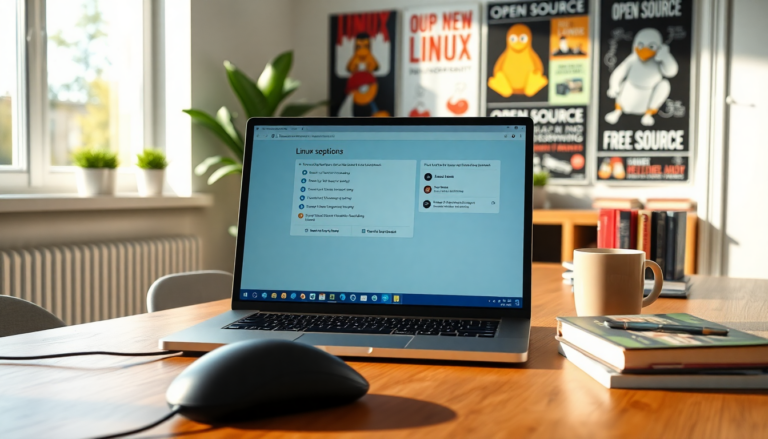Argomenti trattati
As the deadline for Windows 10 looms closer, many users are considering a switch to the world of Linux. It’s an intriguing idea, but let’s be honest: the transition can be quite challenging. In this article, we’ll dive into some common pitfalls of moving to Linux, offering insights that could guide your decision-making process.
Compatibility Issues with Software and Drivers
First off, let’s talk about compatibility. In the realm of operating systems, the mantra is simple: location is everything. For users migrating to Linux, the compatibility limitations can be a real roadblock. It’s not just about software; hardware drivers can also present significant challenges. Imagine trying to use popular applications like Microsoft Office or Adobe Creative Suite only to find they don’t play well with Linux. While workarounds exist, they often require a level of technical expertise that can intimidate less experienced users.
Then there’s the issue of driver compatibility. Many Linux distributions don’t come pre-installed with essential GPU drivers, particularly because of their closed-source nature. This can be particularly disappointing for gamers, as NVIDIA graphics cards often face acceleration issues on Linux systems. On the flip side, if you’re an AMD fan, you’re likely to have a smoother experience, since their Radeon drivers generally offer better support, making gaming a bit more enjoyable.
Let’s not forget about peripheral devices, either. Printers and headsets can also be a source of frustration. Many manufacturers don’t provide Linux-compatible drivers, leaving users to rely on open-source alternatives that might not work as intended. This can lead to a frustrating experience for anyone hoping to make the most out of their hardware.
Instability and Update Issues
If you’re after a seamless operating system experience, you might want to think twice before jumping into Linux. Regular updates to various Linux distributions can sometimes lead to instability, causing essential tools and extensions to break. Unlike Windows, which tends to follow a more structured update process, many Linux distributions utilize rolling updates that may not be as thoroughly tested.
For example, a recent update to Ubuntu created quite a stir when it broke compatibility with Gnome’s Shell extensions, a must-have feature for many users. In 2024, an update to Gnome 46 caused widespread issues with third-party extensions, leaving users without vital productivity tools for their daily tasks. Such incidents underscore the unpredictability that can come with updates in the Linux ecosystem.
Gaming Limitations on Linux
Now, let’s shift gears and discuss gaming. When it comes to gaming, Linux is still playing catch-up with Windows. Many top game developers don’t provide native support for their titles on Linux, which significantly limits access to triple-A games. According to community resources, only about 70 percent of triple-A games available on Windows can currently be played on Linux.
Take Fortnite, for instance. It’s completely unplayable on Linux unless you tap into cloud gaming services like GeForce Now. While there have been improvements in terms of playable games—largely thanks to platforms like Steam Deck—there are still significant hurdles to overcome. One major issue is the incompatibility of anti-cheat software on Linux, which is essential for maintaining fair play in multiplayer environments.
Performance is another factor worth considering. Users have reported lower frame rates and overall worse performance on Linux compared to Windows, especially with demanding titles like Cyberpunk 2077. This inconsistency means that players should carefully evaluate their gaming preferences before making the leap to Linux.
The Learning Curve of Linux
Lastly, let’s touch on the learning curve. Transitioning to Linux often requires a greater willingness to engage with the system than what you might be used to with Windows or MacOS. Many users find that installing software or adjusting settings means diving into the command-line interface, which can be daunting for those accustomed to a graphical user interface. Some users relish the opportunity to explore command-line commands, while others may find it a bit cumbersome.
Ultimately, if you’re considering a switch to Linux, it’s crucial to weigh these factors carefully. While Linux offers a unique computing experience, it’s essential to balance the potential drawbacks against the benefits to see if it truly aligns with your needs and expectations. Are you ready to make the leap, or will you stick with the familiar terrain of Windows?

